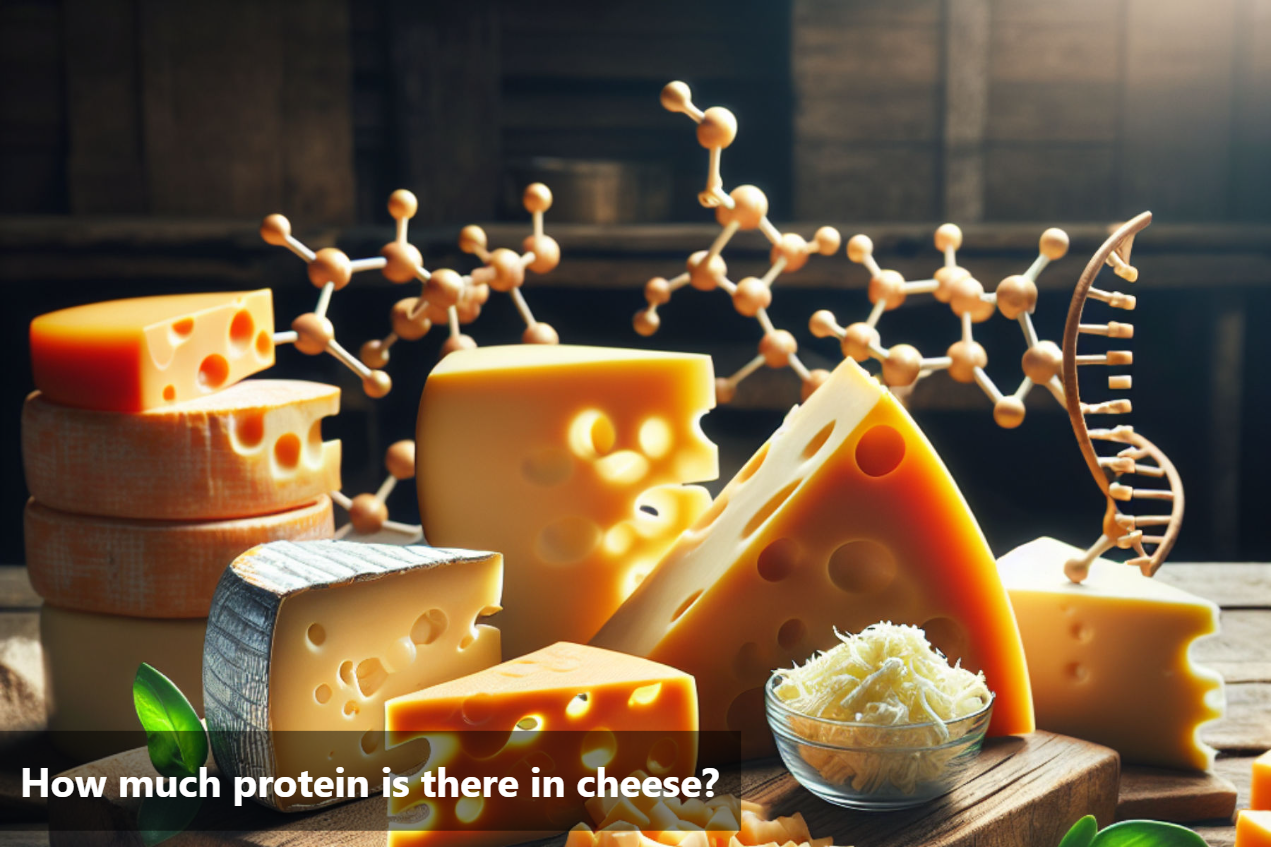
How much protein is there in cheese?
Cheese, a versatile dairy product, serves as a rich source of protein that can offer numerous health benefits. Amidst the myriad of dietary options available, cheese stands out as a convenient and tasty way to boost protein intake. Whether enjoyed on its own or as an ingredient in various dishes, cheese provides a flavorful and nutrient-dense addition to meals.
Cheese not only enhances the taste of dishes but also contributes significantly to meeting our daily protein requirements. Understanding the protein content in cheese and its variations can help individuals make informed choices when planning their meals.
By delving into the realm of protein-rich foods like cheese, individuals can diversify their dietary intake and prioritize their nutritional needs. Embracing cheese as a protein source can lead to a well-rounded diet that supports overall health and well-being. Make room for cheese in your culinary repertoire and savor the benefits it brings to your protein intake.

Types of Cheese and their Protein Content
Type of Cheese |
Quantity |
Nutrients |
|---|---|---|
Mozzarella |
1-ounce (oz), or 28-gram |
|
Cottage cheese |
1-ounce (oz), or 28-gram |
|
Blue cheese |
1-ounce (oz), or 28-gram |
|
Ricotta |
1-ounce (oz), or 28-gram |
|
Protein in Cheese Slices vs. Other Forms of Cheese
When comparing cheese slices to block, shredded, or spreadable cheese varieties, it's essential to consider the protein content per serving. Cheese slices are convenient for quick sandwiches and snacks, but how do they fare regarding protein content?
Cheese slices generally contain around 5-7 grams of protein per slice, depending on the type and brand. This protein content is comparable to other forms of cheese like blocks and spreadable cheese. However, shredded cheese, due to its decreased density compared to slices, may have a slightly lower protein content per serving.
In terms of convenience, cheese slices stand out for their ready-to-eat nature and easy portion control.
On the other hand, block or shredded cheese offers versatility in cooking and portion customization. While protein content may vary slightly, the overall nutritional value of cheese remains consistent across different forms.
When incorporating cheese into your diet for protein intake, consider your preferences and dietary needs.
Whether you opt for cheese slices, blocks, or shredded varieties, prioritize moderation and balance in your overall nutritional intake.
Remember, it's not just about the protein content; factors like taste, texture, and meal preparation convenience play a role in choosing the right cheese for your dietary preferences and lifestyle.
Cheesy Delights at home
-
Cheese Omelette:
Beat 2-3 eggs in a bowl, season with salt and pepper.
Heat a pan with a little butter or oil, pour in the eggs.
Sprinkle shredded cheese (cheddar, mozzarella, or your choice) on half of the omelette. Fold over and cook until the cheese melts. Enjoy a protein-rich breakfast.
-
Cheesy Vegetable Gratin:
Preheat your oven to 375°F (190°C).
Layer sliced vegetables (such as potatoes, zucchini, or cauliflower) in a baking dish.
Pour a mixture of cream and garlic over the vegetables, sprinkle generously with grated cheese (Parmesan works well).
Bake until the vegetables are tender and the top is golden brown, for a comforting side dish.
-
Simple Cheese Quesadillas:
Place a flour tortilla in a skillet over medium heat.
On one half of the tortilla, sprinkle shredded cheese (like Monterey Jack or cheddar) and any other fillings (chopped vegetables, cooked chicken, etc.).
Fold the tortilla in half, cook until golden on both sides and the cheese has melted, flipping once. Cut into wedges for a quick and satisfying meal or snack.
-
Cheese and Crackers Snack:
Select a variety of cheeses (soft like Brie, hard like cheddar, and blue cheese for variety).
Arrange the cheese slices on a plate with an assortment of crackers.
Add some nuts, fruit (fresh or dried), or honey for extra flavor. This easy snack is perfect for satisfying mid-day hunger or entertaining guests.

Nutritional Breakdown: Protein in Cheese
Cheese is a valuable source of protein and can be a beneficial addition to one's diet. Including cheese in your meals can help you meet your daily protein requirements. There are various types of cheese with different protein contents to choose from. Cheese slices may vary in protein content compared to other forms like blocks or shredded cheese.
Popular cheese varieties like cheddar, mozzarella, Swiss, and feta offer varying amounts of protein per serving. It's essential to be mindful of the protein content in the cheese you consume for a balanced diet. Understanding the protein content in different types of cheese allows you to make informed decisions about incorporating them into your meals.
Whether you prefer hard cheeses, soft cheeses, or processed options, each offers a unique protein contribution. Cheese slices offer convenience but may have varying protein levels compared to other forms. Including cheese as a protein source can enhance the nutritional value of your diet, supporting overall health and wellness.
This Blog post is an initiative by Lo! Foods, to provide accurate and Nutritionist / Doctor approved information related to Health. Lo! Foods is India's leading brand for Everyday Functional Foods. Foods designed for specific Health conditions or Needs. Lo! Foods also runs India's largest range of Low Carb Healthy Cloud Kitchens, under the brand names of Lo!, ProteinChef, ATH (All Things Healthy) and DiabeSmart.



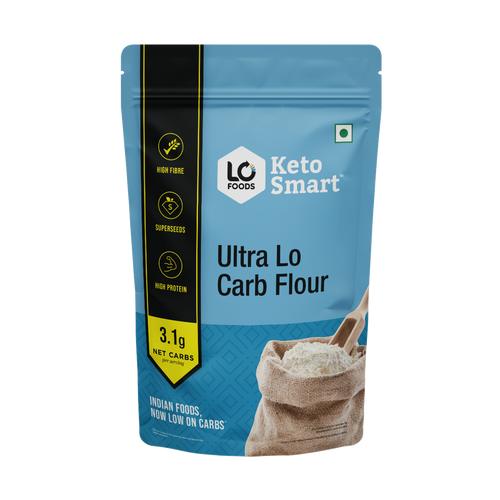
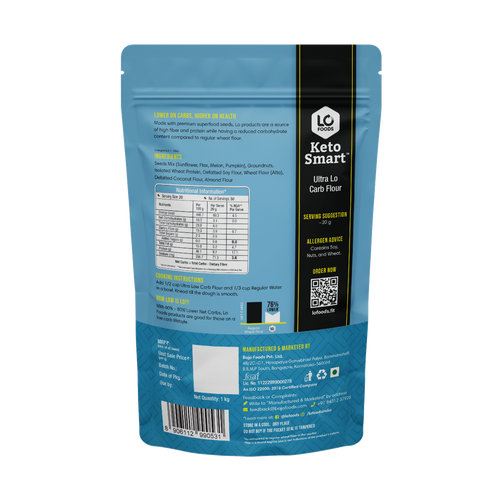
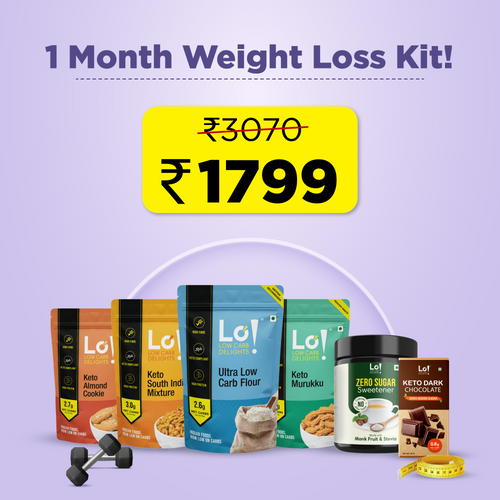
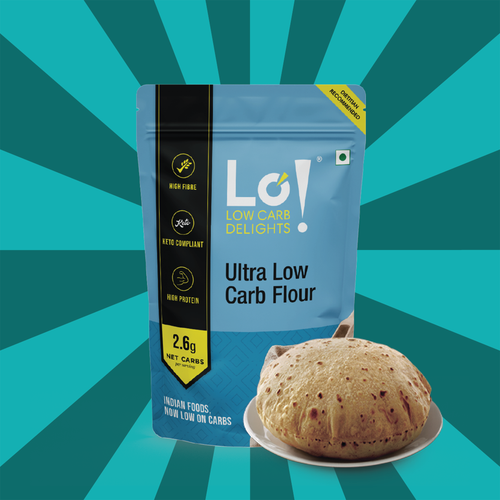


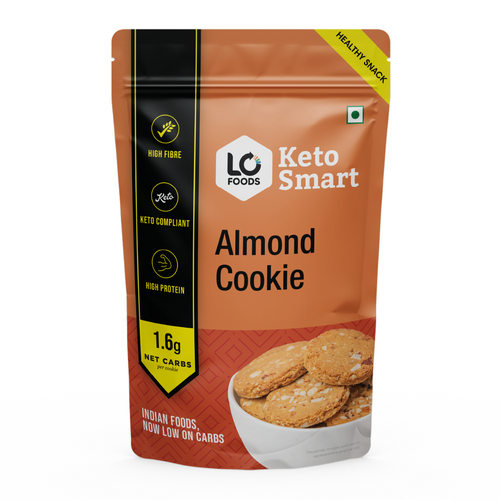





Leave a comment
Your email address will not be published.